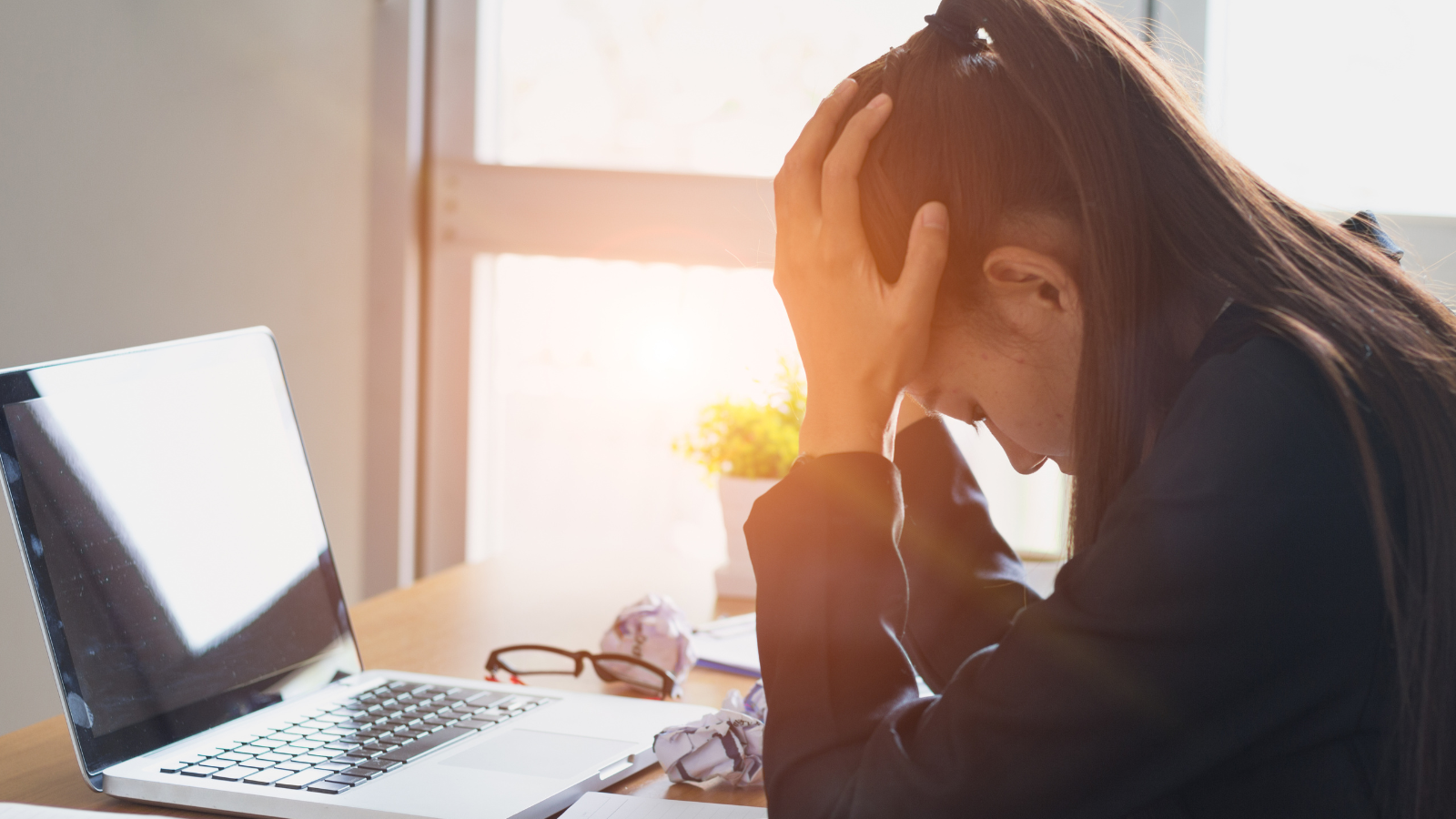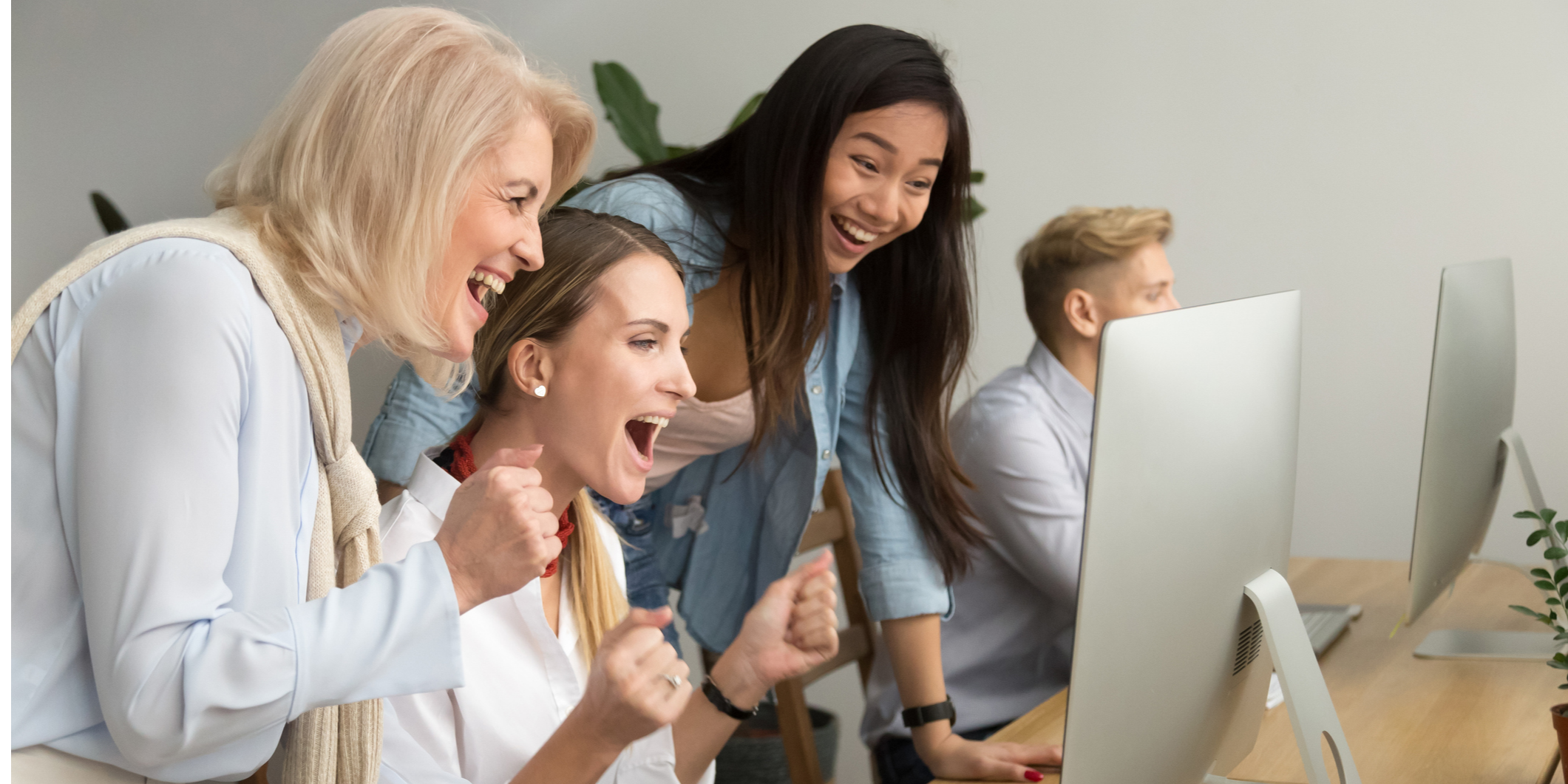What is Sales Enablement?
Five years ago, if you asked a room full of sales leaders to raise their hand if they were implementing sales enablement initiatives at their...
3 min read
 LeadG2
:
August 22, 2024
LeadG2
:
August 22, 2024


As dedicated inbound marketers, we are passionate about creating opportunities for our sales teams. We constantly enhance our content, study trends, perfect our SEO strategies, and engage with our audience on social media to attract the right visitors to our website and transform them into valuable leads.
However, we understand the importance of avoiding critical mistakes that could hinder the successful closure of these leads as they progress through the sales funnel.
It's important to note that with the right follow-up, your sales team can effectively convert hard-earned leads into loyal customers and revenue. Understanding and addressing the three main ways leads might be slipping through the cracks is crucial for achieving your business goals.
Let's ensure that every lead counts and maximize your potential for success!
Did you know that most sales, around 80%, are closed after making between five to twelve contacts with potential customers? This statistic applies to both initial outreach and follow-ups with leads.
It's fascinating to consider how persistence can lead to success, isn't it? The key to converting leads is to build authentic connections through multiple interactions. Providing various forms of value at each touchpoint is crucial. So, it's important not to give up too soon – you wouldn't want to miss out on potential customers!
Research from the National Sales Executive Association supports this, highlighting the effectiveness of multiple contacts in increasing conversion rates. It's essential to ensure that each interaction serves a meaningful purpose and offers a valid business reason for reaching out.
Salespeople must remember that simply making a lot of contacts isn't sufficient. They must also utilize the appropriate communication methods customized for each lead's stage in the sales funnel.
For instance, a lead at the bottom of the funnel who has requested a consultation or interacted extensively with your site needs to be approached differently than a lead at the top of the funnel who has only subscribed to your newsletter or downloaded an eBook.
When reaching out to a prospect, you want to offer a strong reason for connection. Your outreach should highlight the benefits of engaging with you, provide valuable educational resources, and address the prospect's unique needs. By personalizing your communication and showcasing empathy, expertise, and problem-solving skills, you can create meaningful interactions that prioritize your prospect's interests and lead to successful outcomes.
What does providing a valid business reason mean? It means you aren’t simply asking for an appointment or “just checking in,” but instead, you are answering these five questions:
Does your communication explain why they should move you up on their priority list?
Does it make clear why they should want to talk to you?
Does it deliver additional value in the form of education, content, or resources they can view to keep learning?
Does it relate to needs they likely have, and are you using lead intelligence to customize your communication (not just a generic approach)?
Does it show your empathy, expertise, and problem-solving capabilities?
One common challenge arises when salespeople overlook following up due to a perceived lack of value in the leads. This issue often stems from a disconnect and misunderstanding between the sales and marketing teams.
When the sales team doesn't fully comprehend the objectives of inbound marketing, it can lead to a sense of mistrust. For companies new to lead generation, the sales team may initially undervalue these leads, especially if they have traditionally relied on their own methods.
Furthermore, prematurely passing on leads to sales can diminish their potential value over time. It's crucial to nurture leads into Marketing Qualified Leads (MQLs) and then into Sales Qualified Leads (SQLs) through a systematic process before involving the sales team. By doing so, we can maximize the effectiveness of our lead management and ensure that sales engagement is optimized.
Improved communication and training are essential to addressing these issues. Provide your salespeople with a sales playbook that includes specific steps for engaging with inbound leads. This playbook should cover strategies, best practices, content, and resources, ensuring that sales representatives understand what to do at each stage of the lead’s journey.
For example, the playbook should outline different email templates for leads who have downloaded an eBook compared to those who have requested a consultation. A customized sales playbook aligns your unique sales process with actionable steps, enabling your sales team to take the right actions at the right times. This enhances lead conversion rates and maximizes your inbound marketing efforts.
Editor's Note: This post has been updated since its original publish date.

Five years ago, if you asked a room full of sales leaders to raise their hand if they were implementing sales enablement initiatives at their...

If your business constantly seeks ways to optimize operations and drive growth, outsourcing B2B lead generation is an effective strategy. There are...

Sales enablement is quite the buzzword these days, but for good reason. When done effectively, it can have lasting impacts on a sales organization....